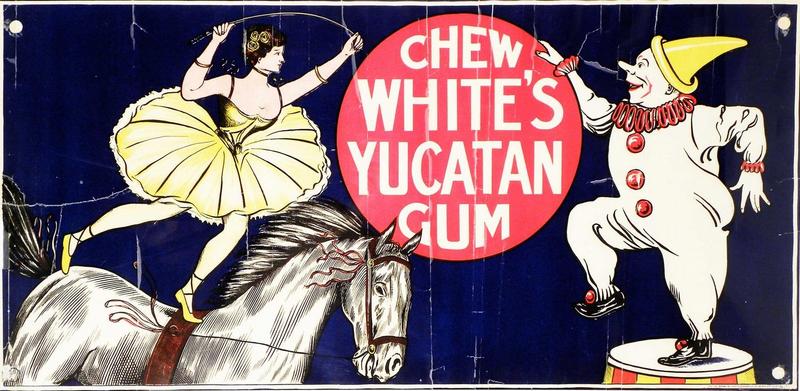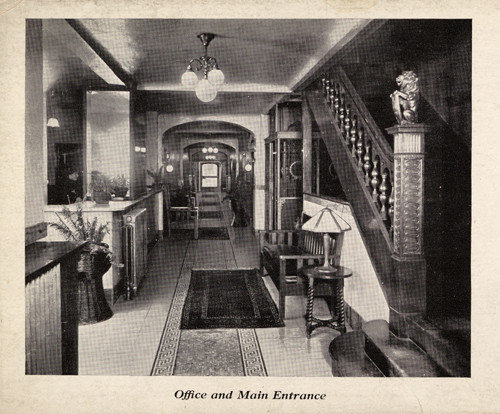
The New Amsterdam Hotel was a seven-story brick and stone residential hotel built in 1901 by "Chewing Gum King" William J. White. It stood on the southwest corner of Euclid Avenue and East 22nd Street until being razed in 1969 to build a Holiday Inn that in turn became CSU's Viking Hall dorm before it was demolished to build the university's Center for Innovation in Health Professions.
The hotel was but a small expression of one of the city's most flamboyant characters. Born in Canada, White came to Cleveland with his parents at age six. He became a candy maker and, around 1880, made his mark as the inventor of modern chewing gum. Earlier gums had been flavored, but White discovered a brilliant new way to keep flavor in gum long enough to make it commercially viable to sell it for other than purported medicinal uses. His first flavor was peppermint, which he learned stayed in the gum longer than any other flavor. Ever the eager salesman, White gave a box of his Yucatan brand gum (made in his factory on Detroit Avenue) to every U.S. congressman. He even sailed to England on his own purpose-built steam yacht and presented his gum to King Edward VII. Eventually his company became a subsidiary of the Trenton-based American Chicle Company.
White was apparently as adept in marketing himself as he was in marketing chewing gum. In the 1890s he became one of Ohio's representatives in Congress, serving from 1893 to 1895. The energetic and versatile White also had his less fortunate experiences. He went broke not once but twice. Perhaps the yacht and his 52-room Thornwood mansion on Cleveland's lakefront had something to do with that. Even more unfortunate, in 1923 "the Chewing Gum King" slipped on ice outside his factory. He died not long after.
Images





